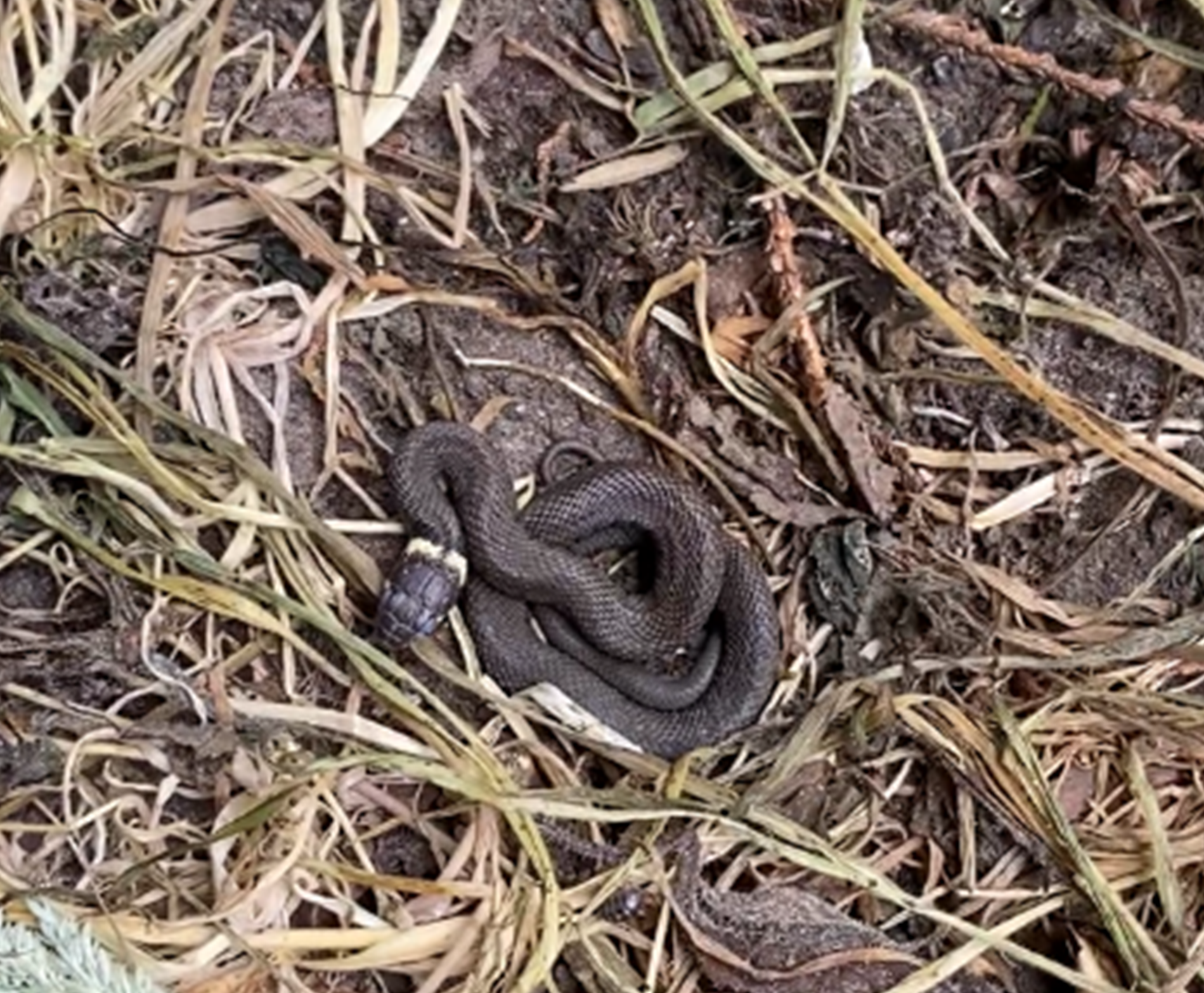Ecology
An Extended phase 1 habitat survey has been completed. This has confirmed that the land is predominately hardstanding, compacted ground, horse paddocks, and low-quality grassland.
The extensive and long-term grazing of the paddock land has significantly degraded the quality and ecological importance of the fields. This had led to the grassland supporting common and widespread species of limited value.
A suite of additional ecological surveys has been completed to determine the presence and/or absence of wildlife and protected species. These surveys have confirmed that:
- Bats are not present within the buildings within the Site.
- A small population of grass snake is present within the Site, within areas of disused grassland.
- The site supports a common assemblage of birds, which use the trees and shrubs to nest.
- Badgers are likely to occasionally enter the site to move around the landscape, but no badger setts are present within the Site.
- Great crested newts are not present within the ponds near the site.

The layout and design of the proposed development has been guided by these results. As a result, the majority of the tree lines and hedgerows will be retained and will be enhanced via additional planting and better management. The layout also includes the provision of high-quality grasslands within open space and new hedgerows. These habitats will connect to retained habitats and form strong wildlife corridors across the Site. These measures will provide higher quality habitats to support the grass snake population and ensure it can be retained within the Site.
Overall, we expect to meet (and potentially exceed) current policy requirements for Biodiversity Net Gain thereby leaving the environment in a better place than when we started. In addition to achieving Biodiversity Net Gain, we’ll be providing the following ecological enhancements:
- Hedgehog houses in discreet locations along the boundary of the Site and beneath hedgerows.
- Additional fruit trees within existing gaps and along new hedgerows.
- A community orchard with a range of species
- Night-flowering blossoms, highly fragrant species and pale coloured species that will enhance the Site for flying insects and bats.
- Bird boxes installed on eastern and northern elevations of new buildings.
- Large log piles and a hibernaculum within the northern extent of the Site to support the grass snake population.
- Bat tubes installed into the fabric of new buildings.
- Bat boxes installed on retained boundary trees.
- Invertebrate boxes within sheltered location close to vegetative cover.
Responding to Climate Change
We work with nature to create sustainable new homes where people want to live and which they can enjoy for many years. We recognise that climate change is one of the planet’s biggest challenges, with more extreme weather patterns creation issues including water shortage, flooding, and overheating. With this is mind, we reduce the environmental impact of our working practices and new homes by:
- Using photo-voltaic solar panels where appropriate.
- Creating habitats for wildlife which work with nature and assist in providing environmental benefits.
- Providing facilities for hybrid and electric car charging.
- Providing smart meters for residents to monitor their own energy use.
- Reducing carbon emissions within the Nicholas King Homes team and via our supply changes.
- Reviewing and selecting green tariffs for energy supplies.
- Management and monitoring waste, waste materials and water.
- Reducing carbon emission by building to and beyond building regulations.
- Keeping up to date with emerging technology and working practices.
Contact Us
If you have any queries, please contact Edward Poynton of SP Broadway on
edward@spbroadway.com

